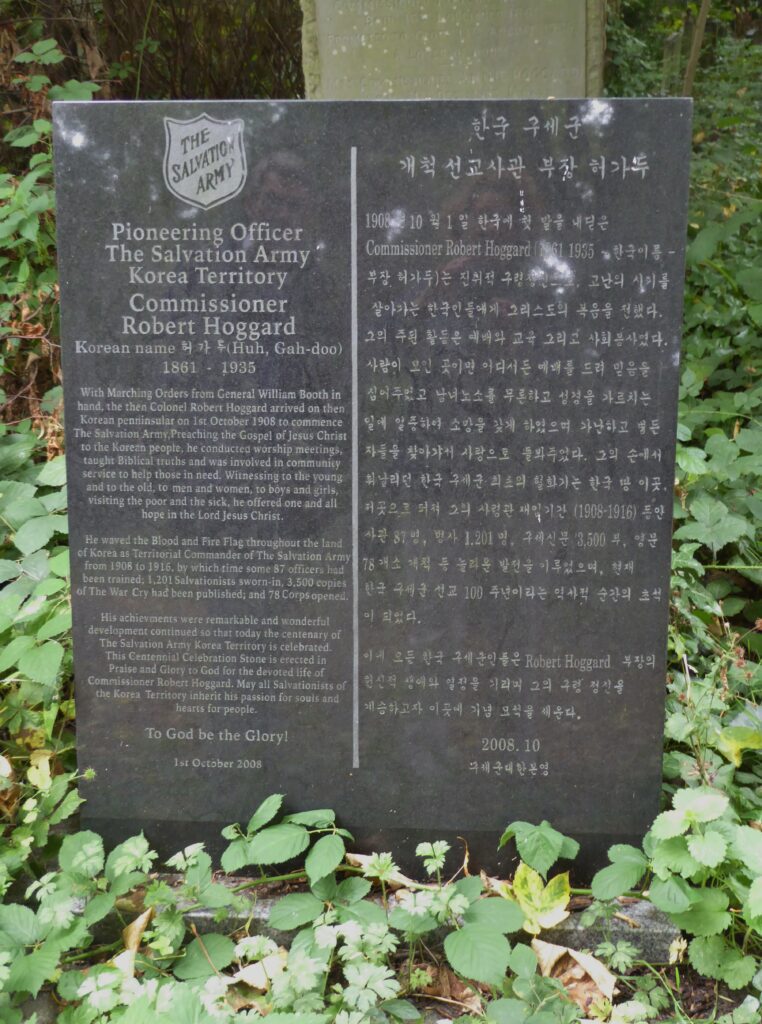In the churchyard of the twelfth century St. Mary Magdalene in Great Elm, a parish in the hundred of Frome, is a headstone which had always fascinated me. The grave of Joseph Tanner, a printer, it urges with wit and self-depreciatory charm,
“Pray Stranger
that the forme be
resurrected
that’s put to bed with
errors uncorrected.”

Joseph Tanner was, I discovered, the last member of his family to run the firm of Butler and Tanner, printers in Frome since 1845. William Longford, a chemist, had established a press mainly for his own printing needs, notably medicine labels and advertising leaflets. He was joined a year later by William Butler, and they expanded the business printing labels for nation wide firms including Robinson’s Barley Water. When Longford retired in 1863, Butler united with Joseph Tanner. It is the latter’s descendant, another Joseph Tanner, whose grave lies in Great Elm.
In the nineteenth century, when the previously prosperous wool and cloth trade declined, Frome diversified, and chief amongst its new industries were metal working and printing. John Webb Singer’s metalworks and Cooper and Tanner’s print works were the new stars and they shone very brightly indeed. Singer’s works included casting the gigantic Boudica which stands beside Westminster Bridge and the Houses of Parliament, the figure of Justice on the top of the Old Bailey, and the statue of Alfred the Great in Winchester.
Cooper and Tanner meanwhile became the largest employer in Frome, achieving international renown in the world of book printing. In 1895 they established a four-storey factory with several hundred employees working with thirty-eight new presses to print 13.5 million sheets each year. Their commissions included printing for the publishers Chatto and Windus, and Hodder and Stoughton.
In 1907 their success precipitated a move to a larger factory in Caxton Road. Here their enormous new press nicknamed the “Dreadnought” worked day and night. It could turn out 224 sheets per revolution, though it took five days to make ready for printing. In the 1960s it was joined by the “Bristolian” which ran at a high speed and could print in half tones. For this the ink had to dry quickly and gas burners were introduced. An article in the Independent records encouragingly that “the racing paper hardly ever caught fire.”
Butler and Tanner produced the early Penguin paperbacks for Allen Lane, starting with André Maurois’ Ariel, the very first Penguin book, in 1935. They were responsible for Agatha Christie’s Mysterious Affair at Styles and Hemingway’s A Farewell to Arms. In more recent years they produced The Gentle Author’s London Album(2013) and Bob Mazzer’s Underground (2014).
The Joseph Tanner whose grave lies in Great Elm churchyard joined the family firm in 1948 after studying at the London College of Printing. While there he produced spoof articles for the British Printer magazine, one advocating a process for turning old shoes into printing plates, and another outlining a process for leather plate making by coating a cow in photo-sensitive emulsion and driving it into a disused tunnel with negatives imposed on the coated hide. Light from the ventilated shafts of the tunnel would supposedly develop the image, and the hide could then be removed and fixed for printing. In both cases the technical detail was sufficiently convincing to elicit serious enquiries.
Yet Joseph Tanner was also serious about his trade, and when he retired he left a business, which in 1948 had still been printing from metal type mainly in black and white, at the forefront of modern colour lithography. During his fifty-five years with the company, it became the largest privately owned printer in Europe. The colour presses which he had introduced in the 1980s featured on the television programme Challenge Anneka in the 1990s when a book was set, printed, and bound in 24 hours.
But sadly, the firm ran into financial difficulties. In 2008 Felix Dennis had rescued it from administration at the eleventh hour, enabling it to continue operating until 2014 when, with its lease running out, and planning permission in place for a housing development on the site, it closed for the final time. The company’s map division, now Dennis Maps, continues to produce Ordinance Survey maps. Developers turned the site of the old factory in Caxton Road into a £45 million housing estate, “The Old Print Works,” where, their advertising boasts, the interior colours of the show homes were, “inspired by the primary colours of Penguin book jackets once produced here.”
***********************************************************************
The Butler and Tanner Story by Lorraine Johnson, published by Frome Society for Local Study, can be obtained from the Hunting Raven Bookshop in Frome or from Frome Heritage Museum, which has a wonderful collection of documents and artefacts relating to the industries of Frome. www.fsls.uk.
And for an evocative eulogy of the firm see So Long, Butler and Tanner, https://spitalfieldslife.com May 14, 2014, where the Gentle Author describes a visit to the printing works during its last days to see the pages of his London Album coming off the press: “Everyone who loves books knows the name of Butler and Tanner…” There you will also find some lovely photographs of the old print works and its magnificent machinery.





